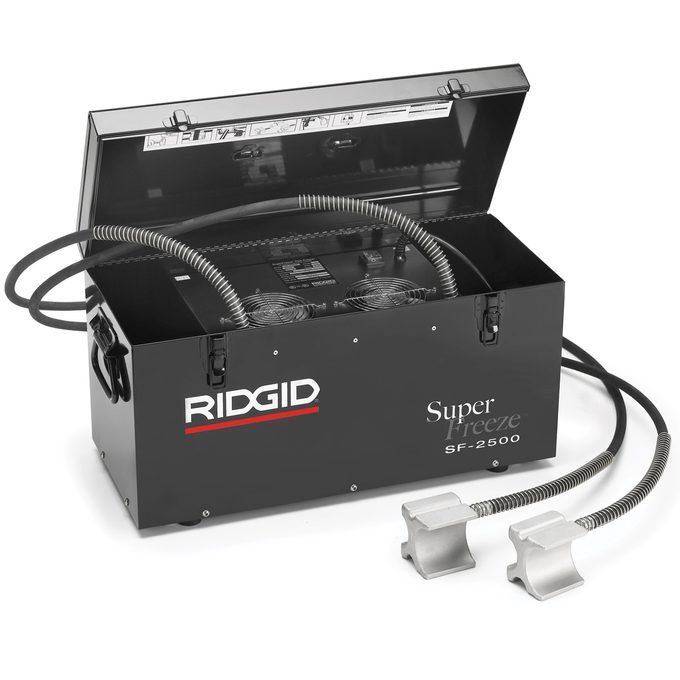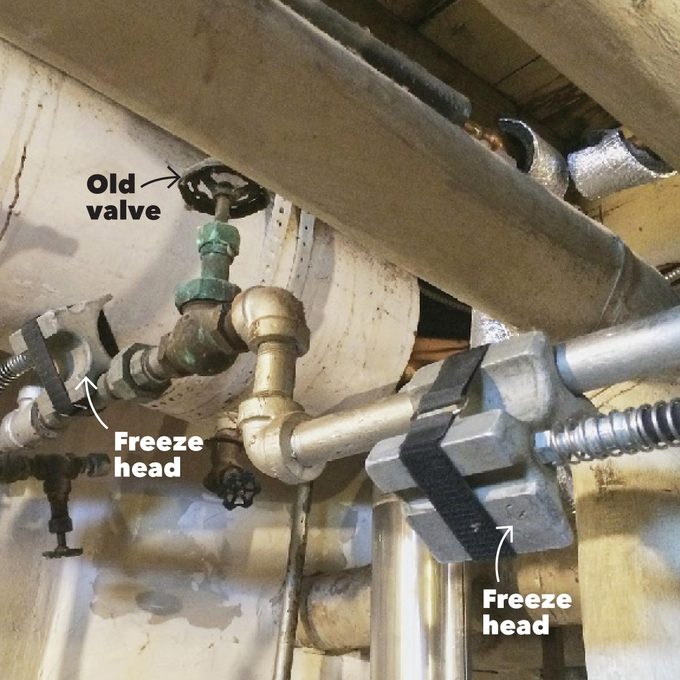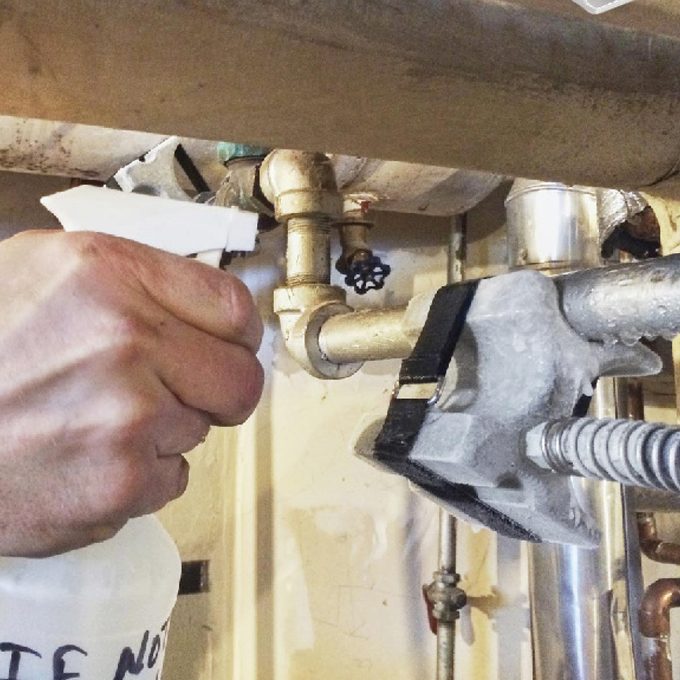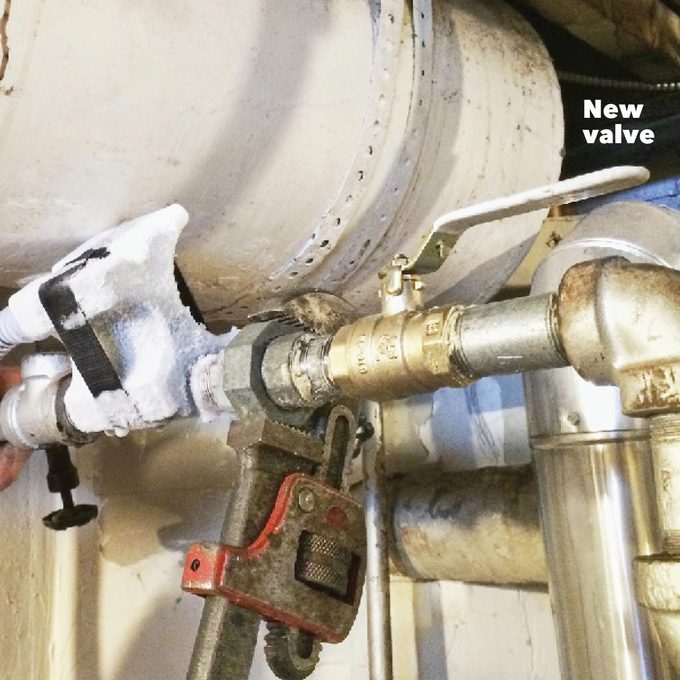Why You Should Freeze Pipes on Purpose
Updated: Mar. 10, 2022
Most homeowners are concerned with how to keep pipes from freezing during the winter. But consider this situation contributing editor Kurt Meyers found himself in.
Sometimes, turning off the water at a shutoff valve isn’t the best option. I needed to replace two valves on a boiler for a three-story building. I could either wait for heating season to end and drain the system, or I could isolate the valves with ice plugs and avoid the hassle of draining and refilling the system. So I decided to go for the latter. I rented the Ridgid SF -2500 SuperFreeze, which circulates refrigerant through two freeze heads, forming a pair of ice plugs. The unit cost $60 for a day at my local rental center. It can’t be used on plastic pipes, just copper up to 2-1/2 in. or steel up to 2 in.

Attach the Freeze Heads

Strap the freeze heads into position on both sides of the repair using the included hook-and-loop straps or a quick clamp. Think through the placement because once freezing begins, you can’t move the heads until the repair is complete. Be sure you have the clearance you need to turn wrenches and make any necessary cuts. If you need to solder, keep the freeze heads at least 3-ft. away from the heat source for each inch of pipe diameter.
Spray Water to Form an Ice Bridge

With the heads in place, switch on the machine. After five to 10 minutes, spray water on the heads to form an ice bridge for more efficient freezing. It took about 45 minutes for plugs to form in this 3/4-in. steel pipe.
Repair the Pipes

Once the plugs form, make the repair and turn off the machine. The plugs will melt in about 15 minutes. — Kurt Meyers
Plus: Make sure you know how to keep pipes from freezing during winter.